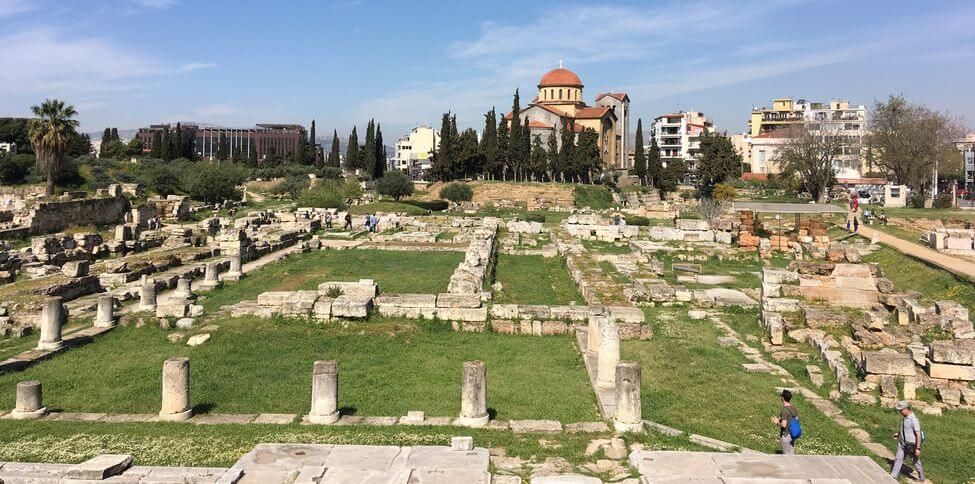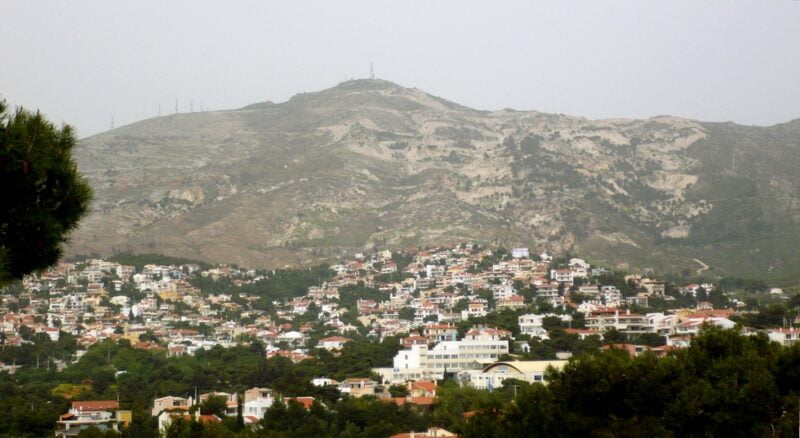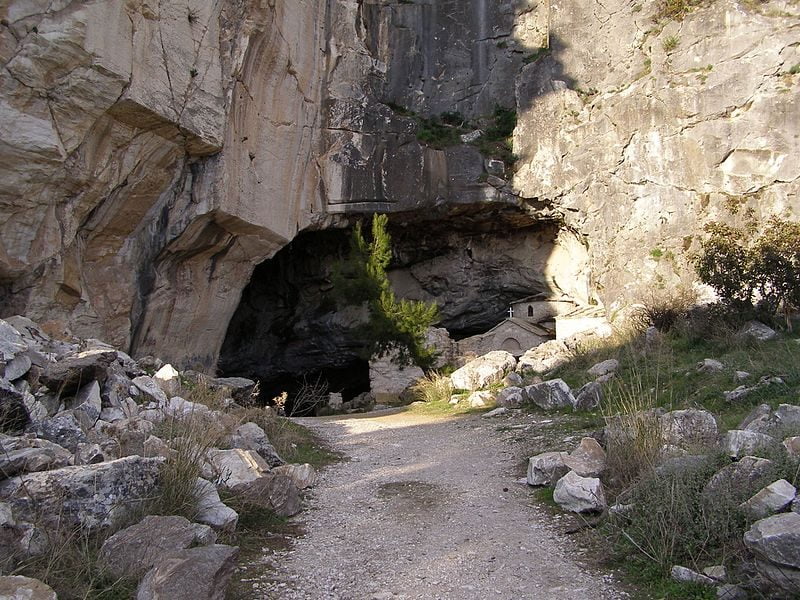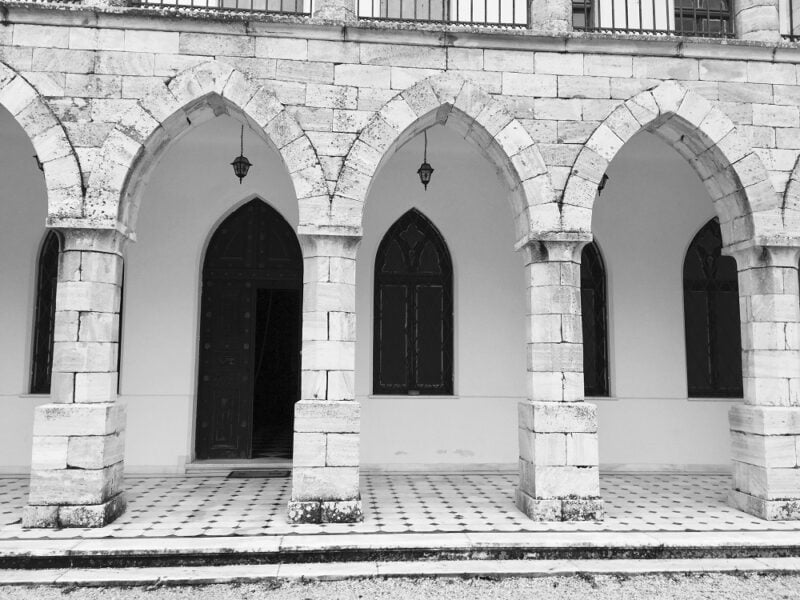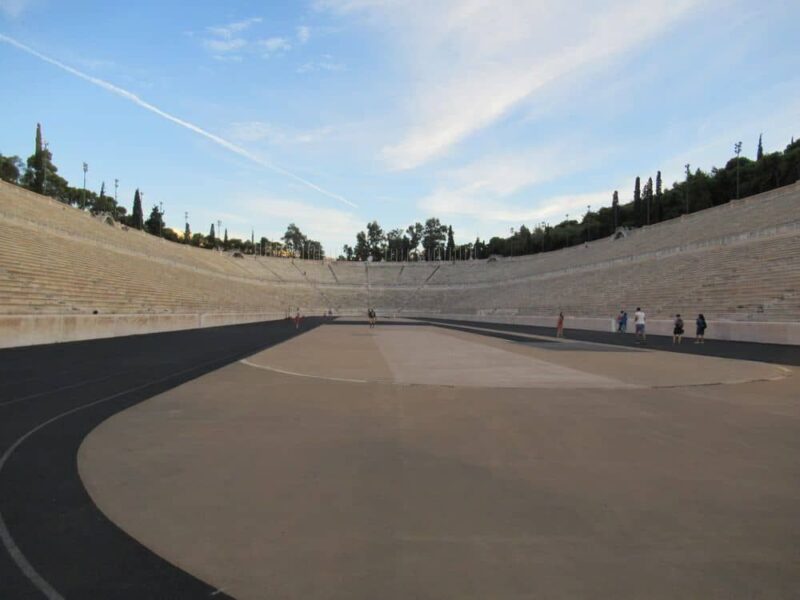On paper, Kerameikos (or Keramikos) is the archeological site of an ancient cemetery… at first sight not very exciting to walk through the tombs, however ancient they are.
Nevertheless, we discover with surprise many other realities behind this summary description. Indeed, the site contains not only the cemetery but also an entire ceramic district that was located at the entrance to the gates of Athens.
Practical tips for visiting Kerameikos
Where is the Keramikos site?
The Keramikos archaeological site is located at 148 Ermou Street in Athens (Google Maps). It is easily accessible by metro: line 1 to Thisseio, or line 3 to Monastiraki or Keramikos.
Opening hours
Keramikos is open daily and closes 30 mins before closing time.
- Winter – 8am to 3pm. Last entry at 2:30pm.
- Summer – 8am to 8pm. Between September 1 and October 31, closing times are reduced according to the length of the day (from 7.30pm to 6pm).
In hot weather (>39°C), the site closes between 1pm and 5pm. To find out the exact times at the time of your visit, take a look at the official Odysseus Culture website. The site is also closed on January 1, March 25, May 1, Easter Sunday, December 25 and 26.
How much does admission cost?
The entrance ticket is valid for the entire Kerameikos site, including the ceramics district, the cemetery and the museum.
- Winter (November 1 to March 31): Full rate 8€ / Reduced rate 4€ for over 65s UE
- Summer (April 1 to October 31): €4 admission for all (no reduced rate in winter)
- Free admission for under-18s, EU students, disabled persons and accompanying adults… On presentation of ID.
Tip: The site is free for all on March 6 (Melina Mercouri Day), April 18 (International Monuments Day), May 18 (International Museum Day), the last weekend in September (European Heritage Day), October 28 (Ochi Day), and the first Sundays of the month from November 1 to March 31.
Where can I buy a ticket for Keramikos?
You can buy your ticket on site. Alternatively, book your entrance to the Keramikos site online in advance (with or without audioguide). Or buy a combined ticket for the Acropolis + 6 archaeological sites in Athens for €30 (or Get Your Guide for a few euros more). You’ll be able to visit the Acropolis, Keramikos, the Ancient Greek Agora, the Roman Agora, the Temple of Zeus, Hadrian’s Library and Aristotle’s Lyceum.
How to visit Keramikos site?
On your own: The archaeological site offers a lovely walk. You’ll find a few explanatory panels, but it’s admittedly a little difficult to find your way around. A word of advice: start with the museum to better understand the site.
With an audioguide: You can also visit the site with ClioMuse’s audioguide in English. We haven’t tested it yet, but it has good reviews and helps to better understand this archaeological site.
Is the Keramikos site accessible to people with disabilities?
Accessibility for people with disabilities: the site is largely accessible to visitors with reduced mobility and wheelchairs from the main entrance at 148 Ermou. The museum is fully accessible and has adapted WCs. Accessibility map (Source: The heart of Ancient Athens.gr).
For the visually impaired: At the entrance, you’ll also find site maps and brochures in Greek and English Braille.
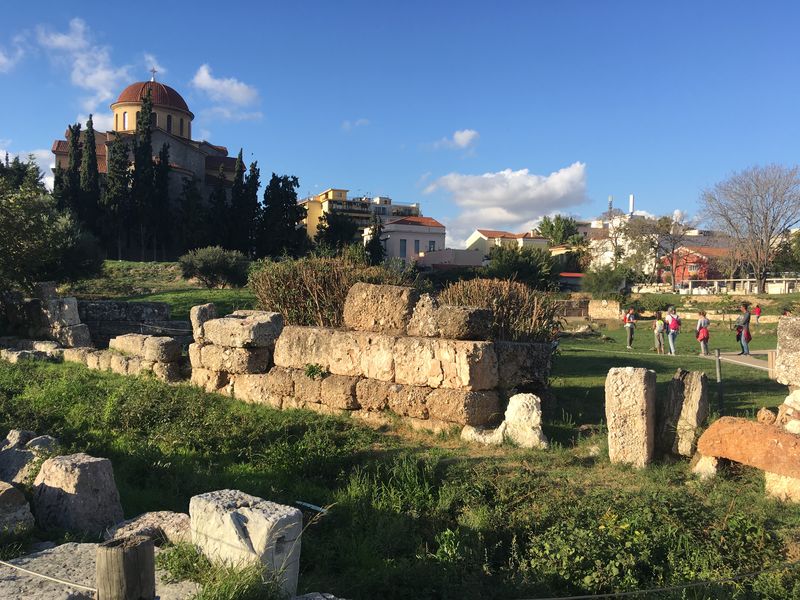
Kerameikos: the archaeological site in brief
The pottery district
Keramikos was first and foremost the potters’ quarter, from which it takes its name (Keramikos meaning ceramics). They settled there for three reasons:
- Proximity to the sacred city, where pottery could be sold to Athenian citizens
- The passage of the Iridanos river and the presence of clay, useful for their craftsmanship
- Strategic location at the crossroads of the road to Piraeus and Eulesis (Elefsina)
Keramikos, a place to live
The entrance to Athens was through the sacred way. The Dypilon (meaning 2 pillars) marked the entrance to the city. It was located in front of a large building, the Pompeion, which was used in particular to prepare the festivals of Panathenaeus. It was therefore a place of passage and life.
Explanations of a guide will help you to really understand this place. If not, you may miss the old stones without really understanding their meaning, despite the explanatory signs.
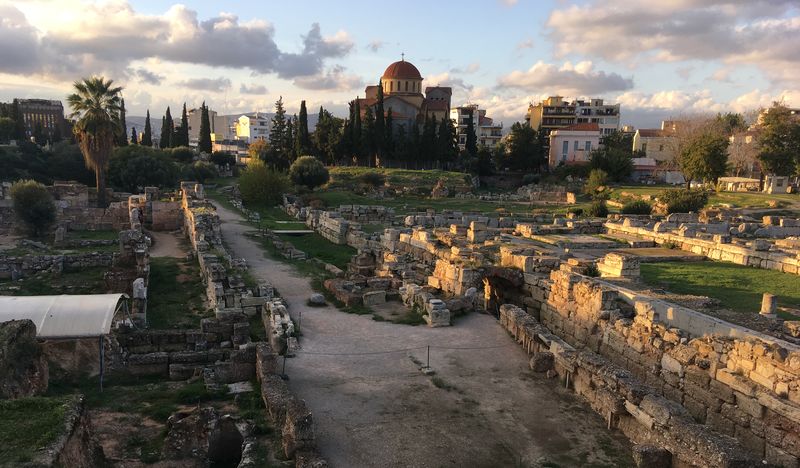
The cemetery, a beautiful history lesson
The cemetery is better preserved, even if a large number of steles are actually copies. Originals are kept in the archaeological museum or on site in the small museum of the site of Keramikos.
The place is nicely planted with trees and as you walk through it, you discover the succession of eras. The first stelae date from the 7th century BC. We learn a lot about the life of the people and their families: traditions, clothes, occupations but also relationships to people and their perception of death.
In the 4th century BC, a law was enacted to unify the steles: a simple inscription on a column identifying the dead. This edict marks the end of the sumptuous steles and gives the possibility to the most modest to access the cemetery. Beautiful illustration of the democracy which will end 100 years later with the Roman time and the arrival of the tombs.
The small museum of Keramikos
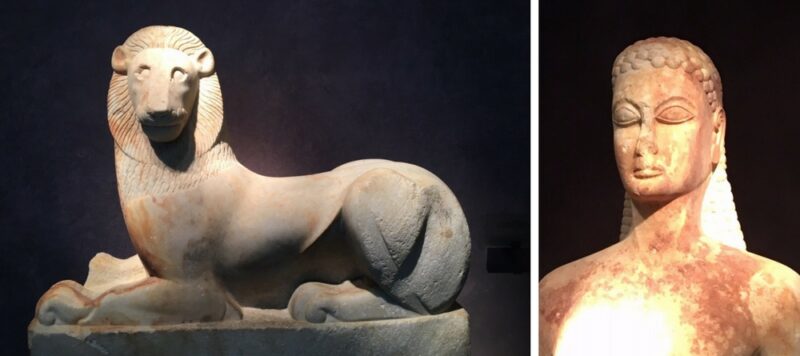
The museum, although small, is very pleasant to visit. Indeed, it presents beautiful pieces from the cemetery. You will certainly be impressed by the statues inspired by Egypt, a pure and simple layout. The large collection of ceramics found on the site and presented in chronological order, also allows you to travel through the centuries and ancient art.
Why visit the Kerameikos site?
What I like:
- The diversity of the site
- The small museum on a human scale
- The statue of the “smiling lion
- The small entrance fee
My cautions:
- Beware of the heat of the site in the middle of summer because it is not very shaded
- It takes a lot of imagination to picture this area from simple ruins on the ground
Enjoy your visit!
And you can extend your stroll by taking a walk in the surrounding Keramikos district, continue your visit to an archaeological site, such as the Ancient Agora of Athens, or take the opportunity to enjoy a gourmet or refreshing break, visit an art gallery…
Contact the Keramikos site: Tel +30 210 3463 552 / Mail : efaath@culture.gr / Website
Sophie B.
Updated 12 July 2024
